Books: A Life of Consequence
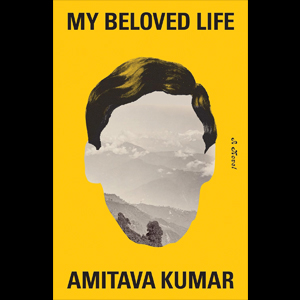
Amitava Kumar, who first gained wide attention with his sharply observed nonfiction dispatches—his subjects include India, America, and his own life—is a thought-provoking author. He went on to write well-received novels, which incorporate some of the journalistic techniques he used so effectively in his earlier books. Also a poet and professor, Kumar, in an interview with Khabar, shares thoughts on writing.
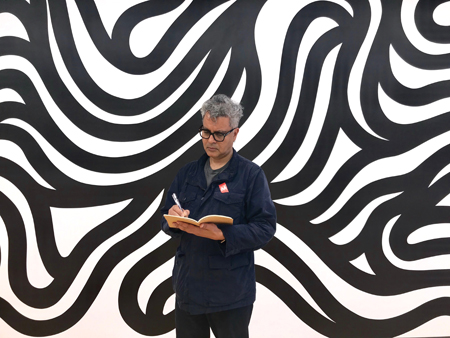 Award-winning author Amitava Kumar, who teaches writing and is Professor of English on the Helen D. Lockwood Chair at Vassar College, has published numerous books of fiction, nonfiction, and poetry. A prolific essayist and columnist as well, he has also contributed to The Nation, Harper’s, Granta, The Guardian, Kenyon Review, the Times of India, and other publications.
Award-winning author Amitava Kumar, who teaches writing and is Professor of English on the Helen D. Lockwood Chair at Vassar College, has published numerous books of fiction, nonfiction, and poetry. A prolific essayist and columnist as well, he has also contributed to The Nation, Harper’s, Granta, The Guardian, Kenyon Review, the Times of India, and other publications.
Photo: Ila Kumar
Kumar’s most recent novel, My Beloved Life (Knopf), takes us from pre-independence India to the modern period. It is the birth-to-death account of Jadunath Kunwar, whose impoverished family lives in a rural backwater near Patna. However, as Jadu grows up, he receives the caring attention of family and friends, his life enriched by encounters big and small, both ordinary and significant. He finishes his education and becomes a teacher, eventually accepting a short stint as a visiting professor at the University of California, Berkeley.
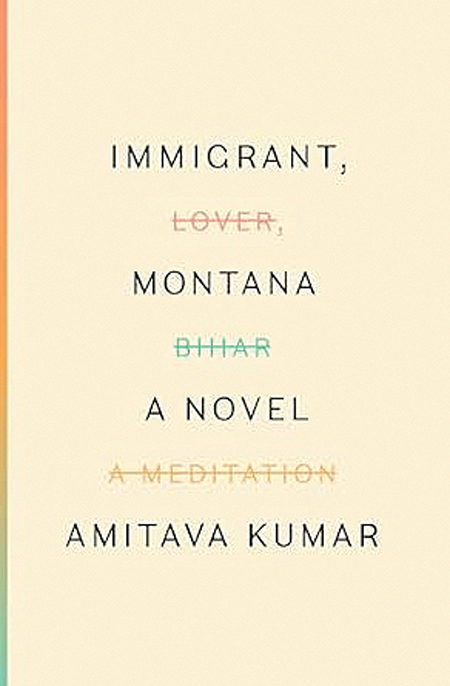 Jadu’s daughter, Jugnu, relocates to Atlanta, where she becomes a CNN correspondent. She has come to the U.S. alone, after leaving her husband, who had been accused of a rape, in India. Fully dedicated to her profession, she carves out a life of her own, forming relationships and having a wide range of noteworthy connections. But ever devoted to her father, now living alone in India and still the common man that he always was, she stays in touch with him. She finds much value in the simple childhood her parents had given her and appreciates them for who they were. It is as though she’s reminding us that all lives have significance, even if they haven’t achieved lofty goals and will be remembered only by their loved ones.
Jadu’s daughter, Jugnu, relocates to Atlanta, where she becomes a CNN correspondent. She has come to the U.S. alone, after leaving her husband, who had been accused of a rape, in India. Fully dedicated to her profession, she carves out a life of her own, forming relationships and having a wide range of noteworthy connections. But ever devoted to her father, now living alone in India and still the common man that he always was, she stays in touch with him. She finds much value in the simple childhood her parents had given her and appreciates them for who they were. It is as though she’s reminding us that all lives have significance, even if they haven’t achieved lofty goals and will be remembered only by their loved ones.
“Amplification,” you’ve said in an essay, “is the basic building block of all art. Find one simple idea and build on it—fast, slow, inverted, forward, splintered, whole.” Is that how you got started with this book? If so, what was the idea?
An ordinary life. That was the phrase I had in mind. How to write of an ordinary life. To see it close, to remark on its wonder.
“When my father was gone,” you’ve said in another essay, “a large part of my past would disappear, like one of those videos you see of landslides, an entire cliff with a winding road and cars disappearing into the swirling river.” How much did your father influence the character of Jadu? How much of your own self is portrayed in him?
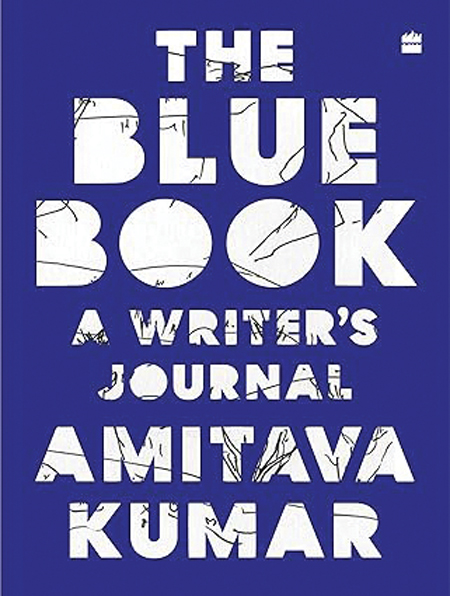 My father was there from the start. I was reading Denis Johnson’s novella Train Dreams, a short book about a railroad worker in Idaho at the beginning of the last century, and I asked myself what would it mean to change Idaho to India? A man like my father, born in a village in Bihar. Of course, there is invention on every page of my novel—it is fiction, but I often thought of my father. There is very little of me in Jadu; I was focused on my father.
My father was there from the start. I was reading Denis Johnson’s novella Train Dreams, a short book about a railroad worker in Idaho at the beginning of the last century, and I asked myself what would it mean to change Idaho to India? A man like my father, born in a village in Bihar. Of course, there is invention on every page of my novel—it is fiction, but I often thought of my father. There is very little of me in Jadu; I was focused on my father.
You’ve used small stories, reminiscences, mythology, and historical anecdotes to build the narrative. Please comment on this as a fiction-writing technique.
I was thinking of short episodes that would join together the way the days of a life become a lifetime. No grand ideas, no world-shattering incident. How ordinariness contributes to something larger, how it skirts the extraordinary. How what is ordinary goes unnoticed. I wanted there to be also a sense of surprise or discovery. Because that too is a mark of the ordinary. A clerk with an unremarkable life dies and you discover that she has left three million dollars for the local college.
The character of Jugnu: What are the pros and cons of writing in first person about the opposite sex?
The challenge and excitement of writing fiction is to imagine other characters, other lives. That’s the pro. You don’t ever know whether you have done it right. That’s the con.
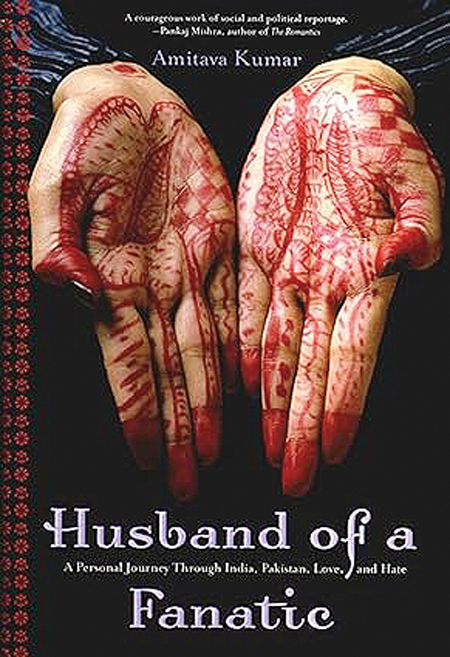 Which character do you identify with? Which one is your opposite?
Which character do you identify with? Which one is your opposite?
I don’t think in that way: I’m deeply interested in all the characters, even the unlikeable ones.
What did you learn from writing the book? Which character contributed most to that learning?
I learned about structure. How a story changes when another story stands beside it. And how a story is deepened emotionally when we retell it. That was the main thing, and something I’d like readers to pick up about storytelling. That a character takes root, grows, changes when the story returns.
What idea/message/learning do you wish your readers would take away from the book?
That no single life is without consequence.
Does teaching help or hinder your writing process? Do your students motivate you? What adjustments do you have to make to get a manuscript completed while still teaching?
I have always wanted to teach my students also by presenting myself as a role model: someone who works on his writing every day. Teaching, in that sense, has helped my writing. In other words, I write to fulfill a contract with my students. Of course, it is also true that teaching is hard, demanding work. I have to remain modest in my writing to make space for my teaching. Only 150 words every day.
What is your next project? When will it be ready?
It is a book of drawings and journal entries called The Green Book. It will be ready by the end of 2024.
Bharti Kirchner is the author of nine novels and four nonfiction books. Her latest is Murder at Jaipur: A Maya Mallick Mystery. She lives in the Pacific Northwest.
Enjoyed reading Khabar magazine? Subscribe to Khabar and get a full digital copy of this Indian-American community magazine.
blog comments powered by Disqus












